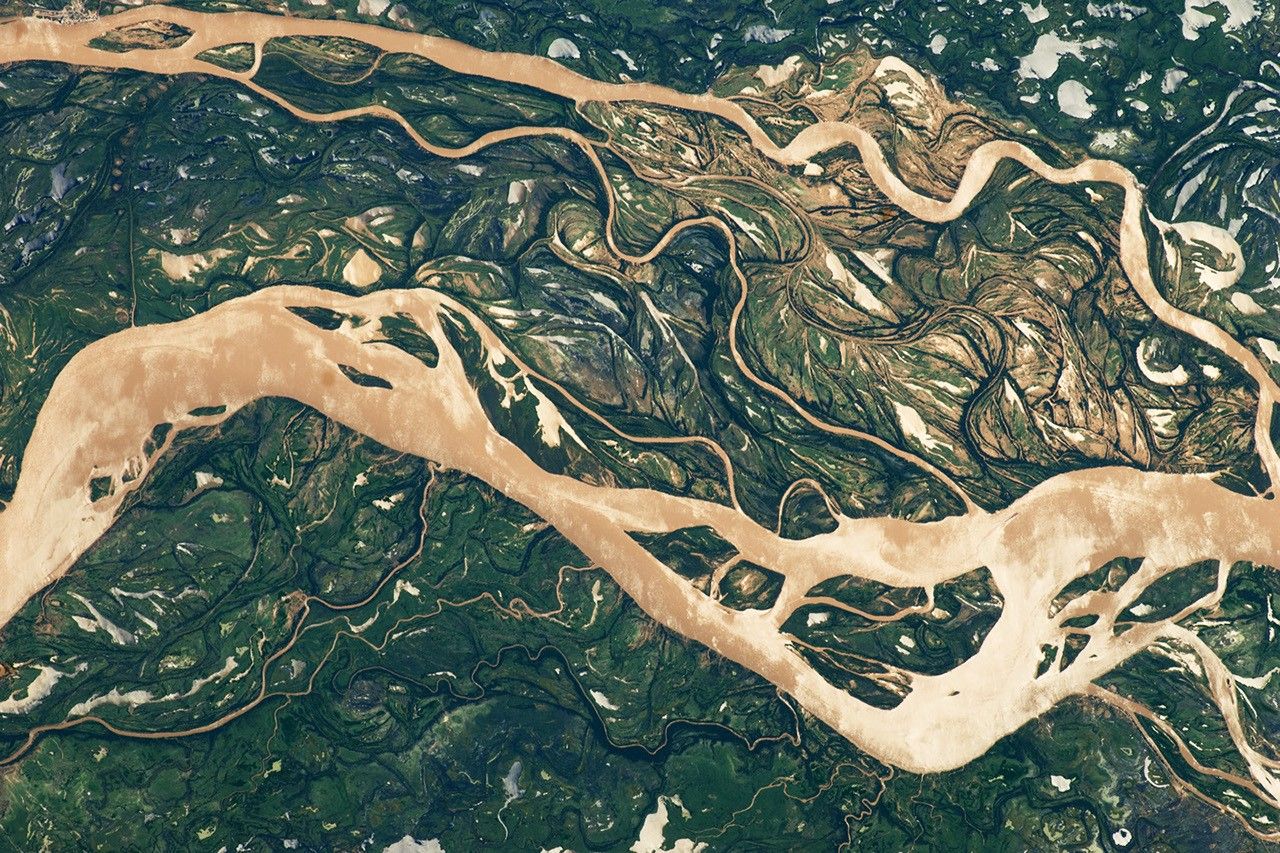On Feb. 16, 1972, NASA announced the selection of the Taurus-Littrow region as the exploration site for Apollo 17, the final Apollo Moon landing mission scheduled for December 1972. The landing zone, named after the Taurus Mountains and the Littrow Crater to its north, lies just past the southeast edge of the Mare Serenitatis at about latitude 20 degrees north and longitude 30 degrees east. The Apollo 17 crew of Commander Eugene A. “Gene” Cernan, Command Module Pilot Ronald E. Evans, and Lunar Module Pilot Harrison H. “Jack” Schmitt, a trained geologist, and their backups David R. Scott, Alfred M. Worden and James B. Irwin, received geology instruction during monthly field trips to areas of geologic interest. The first components of Apollo 17’s Saturn V rocket had begun to arrive at NASA’s Kennedy Space Center in Florida.


Left: The location of the Apollo 17 landing site on the southeast edge of Mare Serenitatis with the earlier Apollo sites shown for reference. Right: Annotated Apollo 15 image of the Apollo 17 landing site.
The Taurus-Littrow site’s mix of mountain rock slides and volcanic cinder cones, yielding older and younger samples, respectively, was expected to help fill the gaps in scientists’ understanding of the Moon’s history. One of the sample sites included rockslide material from peaks as high as 7,000 feet, and scientists expected those samples to be older or at least of different composition than samples returned by previous Apollo missions. The darker material at the landing site itself, together with observations from Apollo 15 of possible volcanic cinder cones, led scientists to expect samples of a younger age. The astronauts planned to conduct extensive geologic explorations during three traverses using the third and final Lunar Roving Vehicle. Beginning in October 1971, the Apollo 17 astronauts began monthly field trips to gain firsthand experience with a variety of geologic formations. On Feb. 22-25, Cernan, Schmitt, Scott, and Irwin, along with a group of geologists, traveled to the Chocolate Mountains in California for surface geology training, while on Feb. 22-25 Evans conducted flyover geology near Flagstaff, Arizona.


Left: The second stage for the Apollo 17 Saturn V rocket arrives at the Vehicle Assembly Building at NASA’s Kennedy Space Center (KSC) in Florida. Right: The Apollo 17 Saturn V’s third stage nearing arrival at KSC.
At NASA’s Kennedy Space Center in Florida, components of the Apollo 17 Saturn V rocket and spacecraft began arriving as early as 1970. The rocket’s second stage arrived on Oct. 27 and the third stage on Dec. 21. Workers placed them in temporary storage in the Vehicle Assembly Building, awaiting the arrival of the first stage in May 1972 to begin stacking the rocket. The Lunar Module’s ascent and descent stages arrived in June 1971, and ground crews placed them in storage in the Manned Spacecraft Operations Building (MSOB). The Command and Service Modules arrived in March 1972 to begin preflight processing in the MSOB.
To be continued…





























